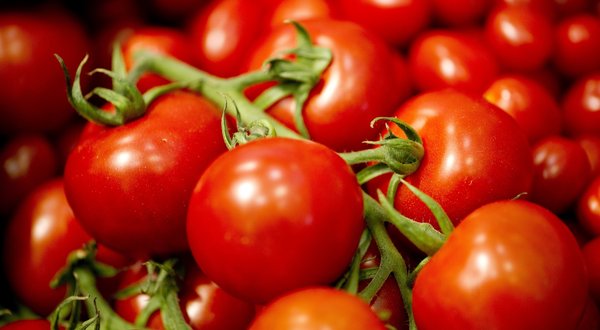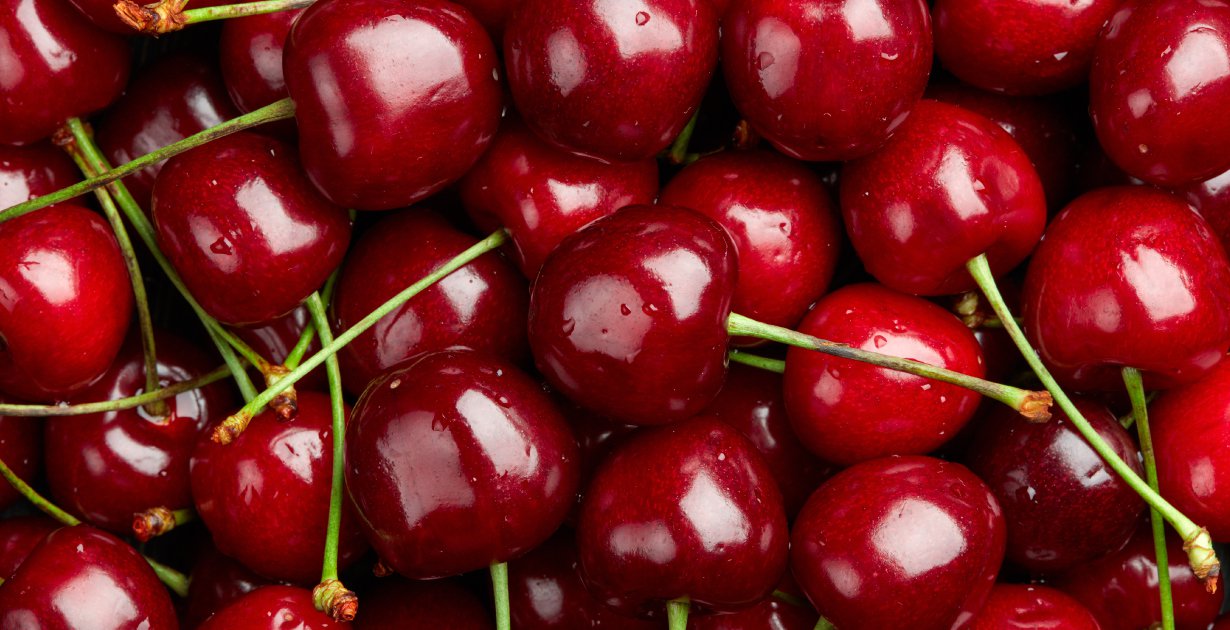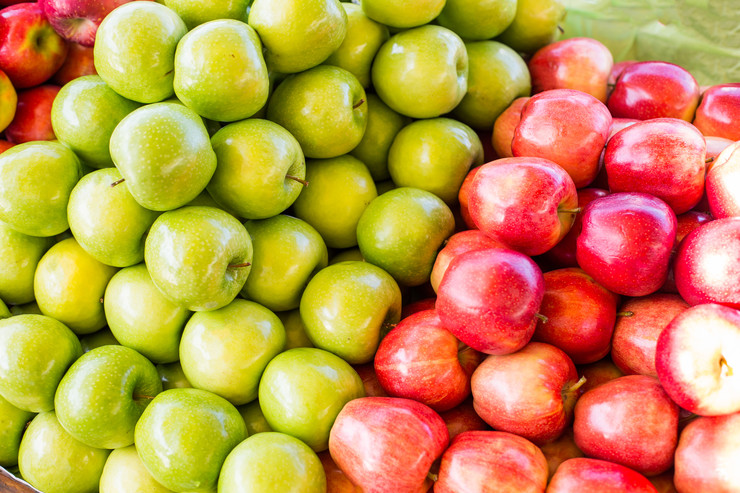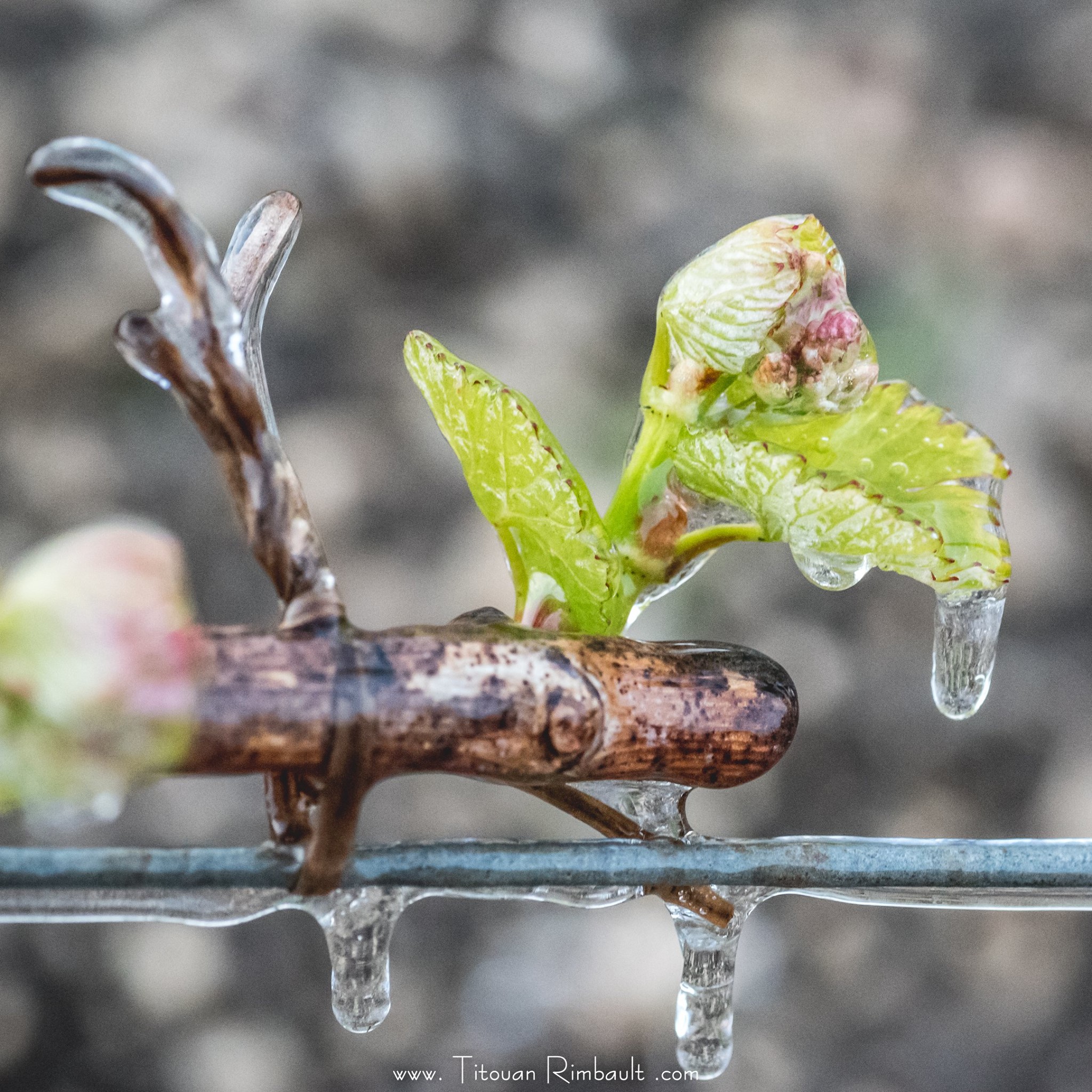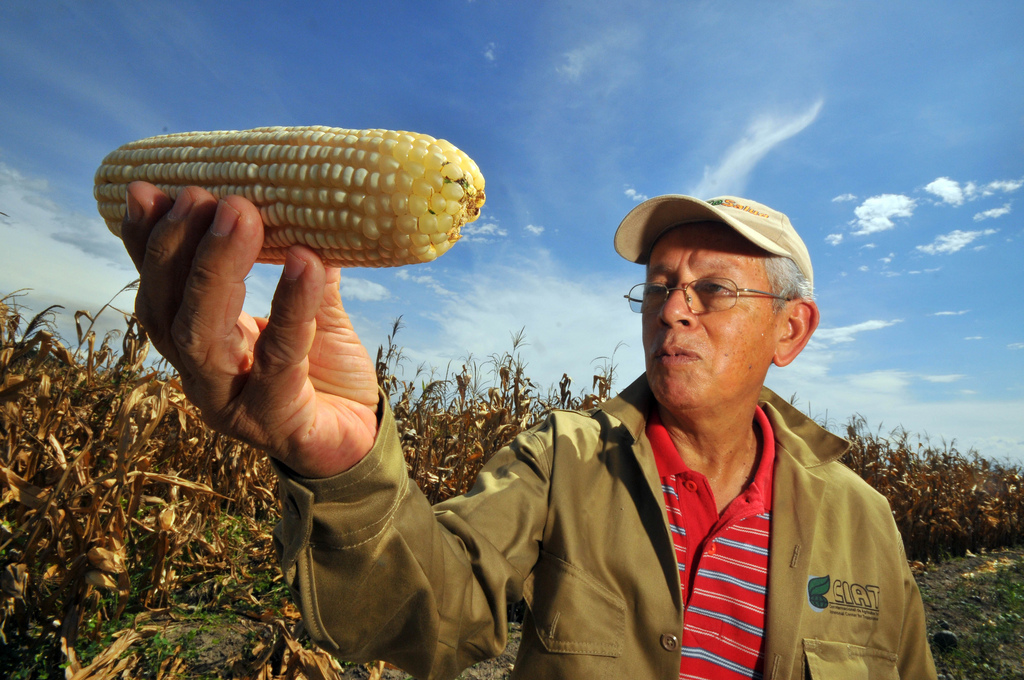Market Mechanisms
Conflicts over proper agricultural pricing are almost as old as food production itself. Farmers and the bakers, livestock owners, and others who buy grains and other foodstuffs have tried for centuries to address the fact that crop prices tend to be low immediately after harvest—when supplies are plentiful—and high the rest of the year. In the 19th century, agricultural commodities exchanges were established in the United States in an attempt to bring order to a process in which farmers wanted to lock in the higher prices they were likely to get later in the year while end users sought to minimize those price gains and to guarantee a year-round supply. In a process that continues to this day on the exchanges and in electronic trading, representatives of farmers, end users, and speculators share information about the sizes of crops, the weather, and expected demand; they eventually agree, through the buying and selling of commodities futures, on what prices are likely to be at different points in time. Today it has become common practice for farmers nationwide to sell a certain percentage of their crops to a rural elevator operator months before harvest, especially if prices are high. The elevator operator then goes to a licensed broker on a regulated commodities exchange to sell a contract for future delivery of that crop at a certain price. As part of the agreement, the elevator operator promises to pay an extra fee, or “margin requirement,” to guarantee delivery of the commodity at the contract price even if market conditions force the price higher. Brokers liken the margin requirement to a security deposit on an apartment or a performance bond on a public works contract.For two centuries, futures markets have been the trusted way for farmers and agricultural traders to manage risks and set prices for crops. But new investors in these markets don’t behave the way that traditional traders do and could be distorting prices.
The CFTC’s View
Representatives of farmers and elevator operators have complained bitterly that the CFTC seems more interested in helping the institutional investors and justifying their presence in the markets than in dealing with the agriculture sector’s problems. Commission regulations include restrictions on the number of contracts to discourage excessive speculation, which is viewed as disruptive to the markets. But in response to institutional investors’ greater interest in agricultural commodities, the CFTC in November filed proposed rules in the Federal Register to increase the total number of speculative contracts allowed per month and to exempt broadly diversified portfolios from the speculative limits. On June 3, however, apparently in response to the criticism from the farmers’ representatives and members of Congress, the CFTC announced that it had withdrawn those November proposals. In addition, the commission said it would be “cautious” about establishing any more exemptions for institutional investors, and would develop a proposal to routinely require more-detailed information from commodities index traders. And in a break with its usual policy of keeping enforcement investigations confidential, the CFTC revealed that it is conducting an investigation into the run-up in cotton futures prices in February and March. Ideally, futures contracts based on market fundamentals should converge with cash prices at the end of the contract period, and for most of their history they have. But recently they have not. All of the actors in agriculture say that without that convergence, they cannot trust the markets to discover and set accurate prices. Farmers and elevator operators say that the institutional investors’ inclination to roll over the contracts—hold them “long-only” in their terminology, instead of engaging in short-term buying and selling—may play a role in the lack of price convergence, although they acknowledge that changes in the way the exchanges write contracts may also be a factor. A rebellion in the U.S. countryside forced the CFTC to schedule a public forum in Washington on April 22 to air the views of all commodities market participants. Before any testimony was taken, Lukken, the acting chairman, and the three other commissioners shocked representatives of farmers and elevator operators by declaring that, based on the CFTC’s research, institutional investors were not the cause of the market’s problems. The positions of Lukken and Commissioner Jill Sommers did not surprise the farmers and elevator operators, because they are Republicans seen as close to the trading industry. But the rural contingent was caught off guard when Commissioners Mike Dunn and Bart Chilton, who are both Democrats and former lobbyists for the National Farmers Union, backed their CFTC colleagues. The National Farmers Union has historically been suspicious of the commodities exchanges’ power. Dunn, who chairs the CFTC’s agricultural advisory committee, said in his opening remarks, “Who is responsible for fixing the futures markets? Should Congress or the CFTC draft new legislation or promulgate additional regulations? Or, as I believe, can market participants make the necessary changes to ensure that these markets are functioning properly?” Chilton, the newest commission member, told the Associated Press in an interview published the same day, “Our economists have looked at all the data available … and there doesn’t appear that any inordinate speculation has caused prices to move.” After commission and Agriculture Department economists presented a range of data at the meeting, CFTC economist Jeffrey Harris said, “There is little economic evidence to demonstrate that these prices are being systematically driven by speculators in these markets.”The Farmer’s View
National Farmers Union President Tom Buis left the meeting frustrated, saying later in a news release, “There’s something wrong. I have doubts whether the CFTC is the place to rectify the problem—it may warrant congressional intervention. When regulators say a problem doesn’t exist, despite the fact farmers cannot market their commodities, that sounds an alarm.” Buis added, “Input costs have soared, and without the marketing tools to protect against price volatility, farmers are more vulnerable than ever. For anyone to suggest otherwise is out of touch with what is really occurring throughout rural America. For decades we’ve been told to use risk-management tools to protect ourselves, yet when those tools become unavailable, action is warranted. The public is all too aware of the recent credit crisis on Wall Street. We don’t want a lack of oversight and regulation to lead to a similar crisis in rural America.” At the meeting, American Farm Bureau Federation President Bob Stallman told the commission, “The tool [of the futures market] is fundamentally no longer there for the average producer.” The angriest testimony came from Andy Weill of the American Cotton Shippers Association, who testified that in February, speculative trading had driven prices up by more than 50 percent in a two-week period. That increase led to such a loss of faith in the market on March 3, he said, that no potential buyer of a physical commodity, either a textile mill or another merchant, would pay an amount in excess of its spot contract or cash market value on any given day. The cotton futures market had broken down, Weill said, with farmers unable to make production plans and textile mills unable to determine raw fiber costs in future months. “We’ve never seen a market like this,” he declared. It was this jump in cotton prices that the CFTC on June 3 promised to investigate. Various farm groups and the National Grain and Feed Association, which represents elevator operators, millers, and processors, proposed that the CFTC allow agricultural commodity swaps—private, usually one-to-one transactions tailored to the needs of the buyer and seller—to be settled on futures exchanges where there would be a public record of the transactions. The open settlement of such swaps would encourage the development of additional risk-management tools, the association said. The cotton shippers asked the CFTC to require that commodities trading in over-the-counter markets and swaps be a matter of public record. In its June 3 announcement, the CFTC said it would develop proposals for making commodity swaps and over-the-counter trades more open.On the Hill
Word of the agriculture sector’s negative reaction to the CFTC’s April 22 forum quickly spread to Capitol Hill. On April 30, House Agriculture Committee Chairman Collin Peterson, D-Minn., told the National Association of Farm Broadcasters that there had been “a lot of disappointment” in how the commission handled the situation. Peterson said he believes, “The smart guys who were in the subprime [real estate market] sold short and saw the best opportunity in the commodity market. They ran this thing up, and I think the prices are artificial.” Hedge-fund managers now think that the commodities market run-up is finished and are pulling out, Peterson said. To emphasize the importance of the issue, he scheduled a subcommittee hearing on May 15, the day after the House passed the new farm bill. At that hearing, farmers and elevator operators repeated their complaints and suggestions. Terrence Duffy, executive chairman of CME Group, which owns the Chicago Board of Trade and the Chicago Mercantile Exchange, testified that his exchanges intend to rewrite some contracts in an effort to increase convergence between futures and cash prices. But he said that suggestions that the index should be subject to higher margin requirements would only “drive users away from transparent, regulated futures markets into opaque, unregulated over-the-counter markets.” At a Senate Homeland Security and Governmental Affairs Committee hearing on May 20, Michael Masters, a managing member and portfolio manager for Masters Capital Management, said that speculation in the commodity futures markets by pension funds and other institutional investors is driving up energy and food prices. The problem is so severe, he said, Congress should ban pension funds from making such investments and take other actions to clean up the futures markets. Masters said that in the last five years commodities prices have increased faster than demand and that the increase can be explained by corporate and government pension funds, sovereign wealth funds, university endowments, and other institutional investors seeking better returns during a bear market in stocks. By rolling these contracts over repeatedly, Masters said, speculators have “stockpiled” oil and agricultural commodities, keeping prices high. “Index speculators’ trading strategies amount to virtual hoarding via the commodities futures markets,” he said. “Institutional investors are buying up essential items that exist in limited quantities for the sole purpose of reaping speculative profits.” Sen. Susan Collins, R-Maine, the ranking member of the Homeland Security and Governmental Affairs Committee, said she found Masters’s arguments “compelling” but added, “We want retirees to have a good standard of living,” and allowing pension funds to invest in commodities may be part of that process. Masters countered that pension funds could buy Treasury securities and stocks to address their concerns. “They don’t need to buy [food] inventories,” he insisted. The most serious underlying issue may be credit: its availability to elevator operators and farmers and their fears that if they borrow money based on inaccurate prices they may be endangering their long-term operations. Hearing that concern, the commission has agreed to work with the Federal Reserve Banks in Chicago and Kansas City and the Farm Credit Administration to establish a better understanding of the financing issues that all market participants face in this era of high prices. The National Farmers Union, the National Grain and Feed Association, and farm-state lawmakers all said that the CFTC’s June 3 announcement was a first step in addressing the issues. But American farmers and elevator operators may have to accept that the high prices they have sought for years have also brought them into a world of higher risk and higher finance. Diana Klemme, a licensed futures broker for the Grain Service Corp. in Atlanta, said she favors more transparency in the commodities markets but noted that the entire agriculture sector will have to adjust to the fact that investors want to own commodities. “The world is changing,” Klemme said. “There is extreme interest not just here but abroad in owning commodities as an asset class. If [investors] want to own commodities, they’ll own them.” Jerry Hagstrom, CongressDaily






